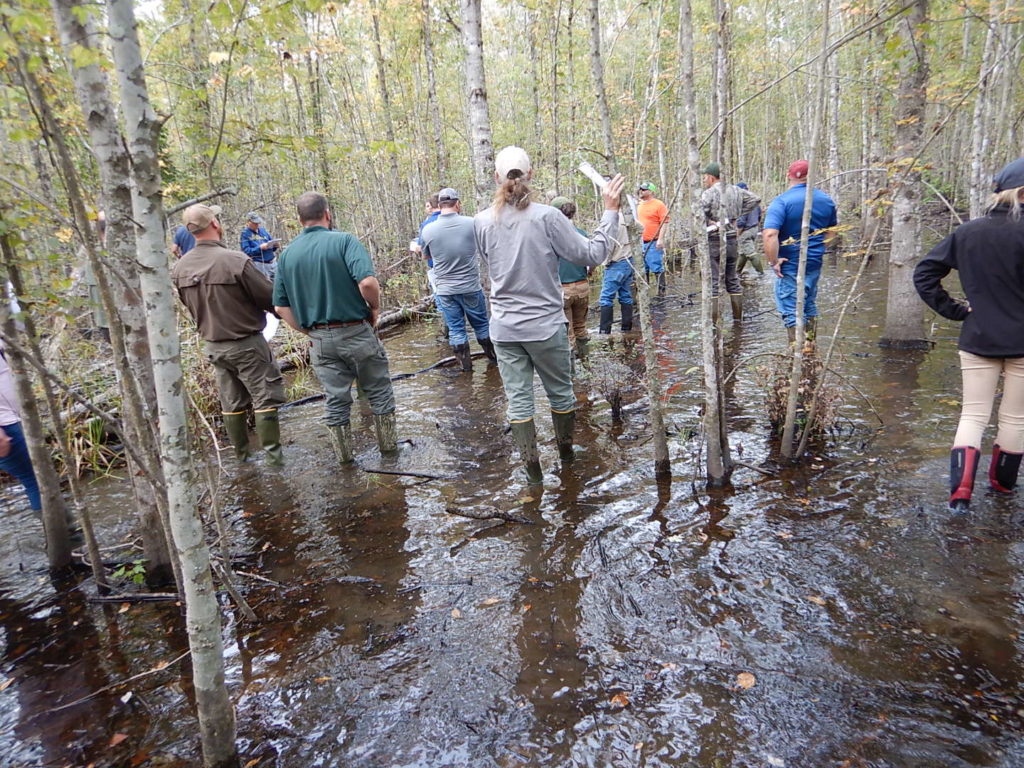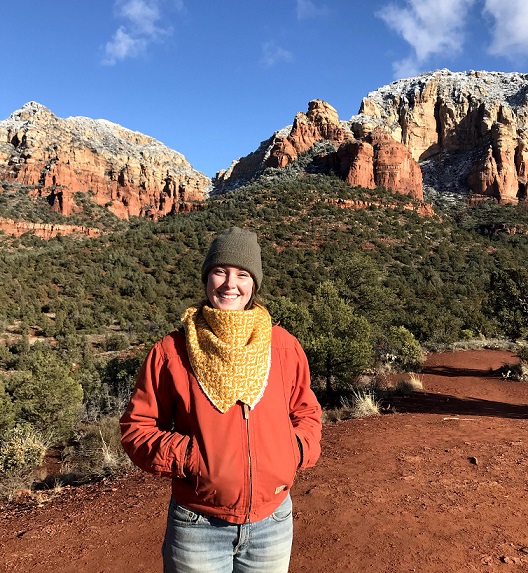Guild expands support for wildlife forestry in bottomlands
Written by Dakota Wagner and Zander Evans
 In partnership with the National Fish and Wildlife Foundation, the Guild has recently started on two new projects in the bottomland hardwood forests of the south.
In partnership with the National Fish and Wildlife Foundation, the Guild has recently started on two new projects in the bottomland hardwood forests of the south.
Bottomland and coastal wetland forests are a dominant feature in the US South, accounting for nearly 35 million acres—only half of their historic coverage. On top of that, one third of currently listed endangered species are dependent on wetlands, making the conservation of these forests a national priority. Most remaining bottomland hardwood forests are privately owned, making private forest landowners key stakeholders for enhancing or restoring bottomland forests across the South.
Our two projects focus on enhancing natural stands of bottomland hardwood forests in the Lower Mississippi Alluvial Valley (LMAV) and Coastal Carolinas for the benefit of wildlife species and freshwater systems. To achieve this, we are using the expertise of public land agencies such as the U.S. Fish and Wildlife Service (USFWS) and Louisiana Department of Wildlife and Fisheries (LDWF) that exemplify “wildlife forestry” concepts. Our goal is to support private landowners and resource professionals in on-the-ground decisions that enhance vibrant bottomland hardwood ecosystems.

Dakota Wagner, Southeast Region Coordinator
These projects build off the Guild’s ongoing efforts to “move-the-needle” on the standard for forest management in bottomland hardwood forests across the South. It complements our previous report, “Ecological Forestry Practices for Bottomland Hardwood Forests of the Southeastern U.S.”, and aligns with our involvement on the steering committee of the Wetland Forest Initiative.
As part of the LMAV project, the Guild hosted a learning exchange in Baton Rouge, November of 2019. Energized by the 2018 bottomland hardwood learning exchange in Georgia, LMAV landowners were clamoring for another event closer to home. Thanks to LDWF’s gracious agreement to host, the Baton Rouge learning exchange took form. The combination of alluring wetland forests and lineup of top-notch speakers brought nearly 50 natural resource scientists and land managers together to discuss both science and practice.
The exchange began with presentations on the most up-to-date research pertaining to wildlife forestry and was followed by the opportunity for participants to get their boots wet and see how to make wildlife forestry happen on-the-ground.
Although the enchantment with bottomland forests is what originally drew people to the event, the real power of the exchange was in the connections made between the diverse group of participants. Mingling state and federal agencies, private consultants, and forest product companies together in one room meant conversations were based in science and focused on changing practices to best achieve ecologically, economically, and socially responsible forestry.
To make all this good work happen, the Guild hired Dakota Wagner on as the Southeast Region Coordinator. Recently graduated from Warren Wilson College, this isn’t her first time working with the Guild—in the summer of 2018 she moved all the way out to Santa Fe, NM and interned in the Southwest office. Currently, she is working in our Asheville office with Nick Biemiller, our Southeast Region Director. Together they hope to continue moving forward on great projects like this one!
